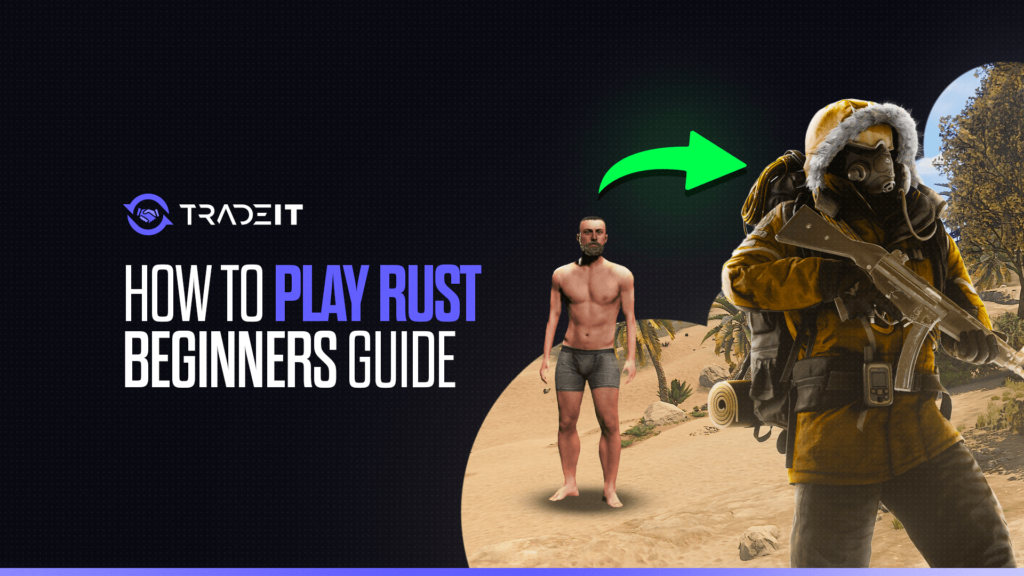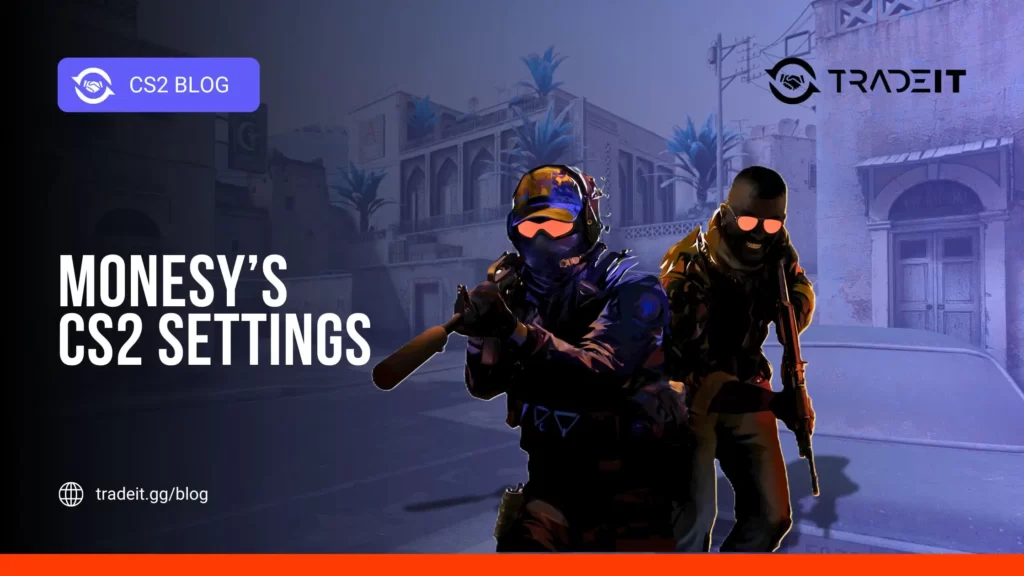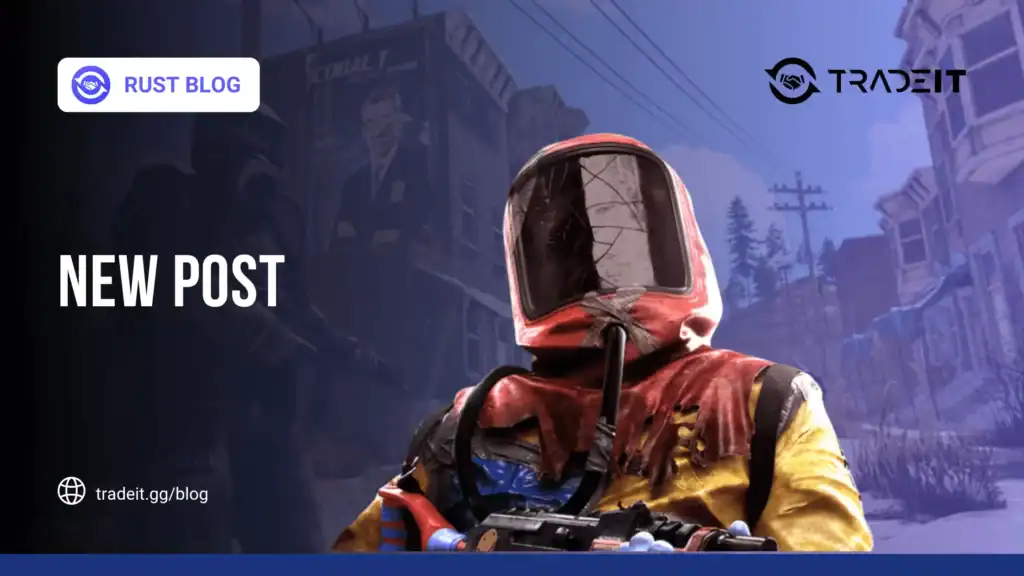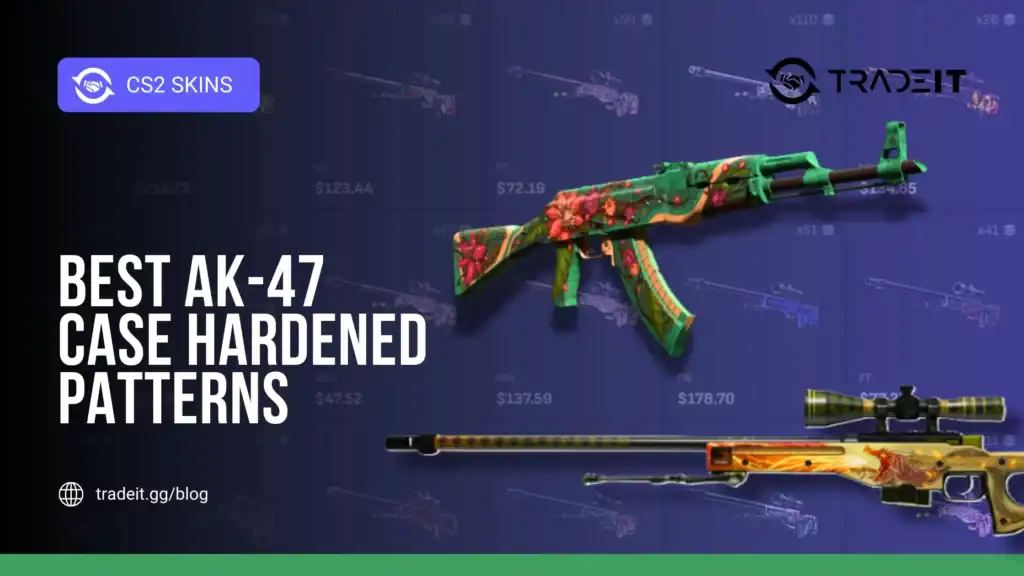If you’ve ever wondered how to play Rust, let me tell you—it’s an experience like no other. You’re dropped into a barren, hostile environment with nothing but a rock and a torch, and from that moment on, it’s a fight for survival. But don’t worry, it’s not as daunting as it seems once you get the hang of it.
I’m here to walk you through the basics and give you a solid foundation to get started. Let’s dive into how to play Rust and survive your first few days!
1. Getting Started With Rust

When you first spawn in Rust, you’re essentially naked and afraid—literally. You’ll have a rock, a torch, and endless possibilities. The first step to how to play Rust effectively is to gather resources. Here’s what I do every time:
Gathering Resources
- Hit trees and rocks with your starting rock to collect wood and stone. You need these to craft essential tools.
- Focus on collecting stone, wood, and hemp (for cloth). You’ll want to make a stone hatchet and pickaxe ASAP—those will make resource gathering much faster.
Crafting Tools Once you’ve gathered enough resources, craft basic tools:
- Stone Hatchet (for cutting down trees)
- Stone Pickaxe (for mining rocks)
Trust me, once you’ve got these tools, the game starts feeling less brutal. This is a crucial part of how to play Rust: building up your resources quickly.
Also Check: Best Rust Server Mods
2. Building Your First Base
The next step in learning how to play Rust is securing a shelter. I can’t stress this enough: build a base quickly, even if it’s a tiny one. It doesn’t need to be fancy—just enough to keep you safe from the elements and other players.
Step-by-step base building:
- Find a good location: Look for areas near resources like trees, stone, and water.
- Start with a 2×2 foundation or even smaller.
- Walls, roof, door, and tool cupboard (TC) are your priorities. The TC is critical because it allows you to claim land and prevents others from building in your space.
- Lock your door! Craft a key lock or a code lock as soon as possible to secure your base.
3. Surviving The Environment

Rust isn’t just about PvP; it’s about survival. Learning how to play Rust means understanding the environment as much as your enemies.
Food and Water You’ll need to eat and stay hydrated, or you’ll slowly starve. Early on, I usually:
- Forage for mushrooms and hunt animals for meat, which you can cook on a campfire.
- Look for rivers and lakes for fresh water. Carrying a water bottle or jug will help a lot.
Clothing and Armor Cloth from hemp plants lets you craft basic clothing, which helps with temperature regulation. Armor will come later, but focus on staying warm, especially during nightfall or in colder biomes.
Also Check: Best Rust Base Designs
4. Handling PvP (Player vs Player) Encounters
In Rust, players are often more dangerous than the environment. When figuring out how to play Rust effectively, you’ll realize quickly that PvP is part of the game. Most players attack on sight, so you need to be cautious.
PvP Tips for Beginners:
- Avoid big groups early on. If you see a group of heavily armed players, run. You’re not equipped to handle them yet.
- Stick to stealth. If I see someone, I usually crouch and stay hidden. It’s better to avoid conflict until you’re better equipped.
- Defend yourself when necessary. Once you have a bow or gun, don’t hesitate to fight back if you’re in a pinch. Practice is key in PvP combat.
5. Advanced Crafting & Raiding

Once you’ve secured your base and gathered some supplies, you’ll want to start thinking about progression. Learning how to play Rust at this stage means mastering crafting and raiding.
Crafting Better Gear
- Gather metal ore and smelt it in a furnace to create metal fragments. These are key for crafting better weapons and armor.
- Progress from bows to guns. A crossbow is great for starters, but eventually, you’ll want firearms like the Semi-Automatic Rifle or Revolver.
Raiding Raiding other players’ bases is an essential part of Rust. But make sure your own base is secure before going on the offensive.
- Craft explosives (C4, satchel charges) to break through enemy defenses.
- Pick your target carefully. Not all bases are worth raiding. Look for smaller or poorly defended bases for your first raids.
Also Check: Rust Console Admin Commands
6. Tips for Staying Alive
Rust is unforgiving, and death is inevitable, but each time you die, you learn more. Here’s what has helped me stay alive longer in Rust:
- Hide your base or keep it small. Larger bases attract attention. Try to stay off well-traveled paths.
- Upgrade your base from wood to stone as soon as possible.
- Place multiple sleeping bags around the map for strategic respawns.
- Don’t carry all your resources at once. Stash your valuable items in your base—carry only what you need when scavenging.
Conclusion
Playing Rust is an ongoing journey of learning and adapting. Sure, the start can feel overwhelming (we’ve all been there), but after a few hours, you start finding your rhythm. My biggest advice is to take it slow at first.
Focus on gathering resources, building a secure base, and learning the ins and outs of the game’s mechanics. Once you’ve got that down, the rest will follow naturally. Trust me, the more you play, the better you’ll get.
Frequently Asked Questions
Gather resources like wood and stone by hitting trees and rocks with your rock. Then, craft basic tools to speed up resource collection.
Focus on gathering resources, building a secure base, and avoiding unnecessary PvP until you’re better equipped. Stealth and strategic planning go a long way.
Simply launch the game, choose a server (official or community), and spawn into the world with your rock and torch to begin scavenging for resources.
Yes, you can play solo, but Rust is designed to be a multiplayer game. Playing solo can be challenging, but it’s absolutely possible.






